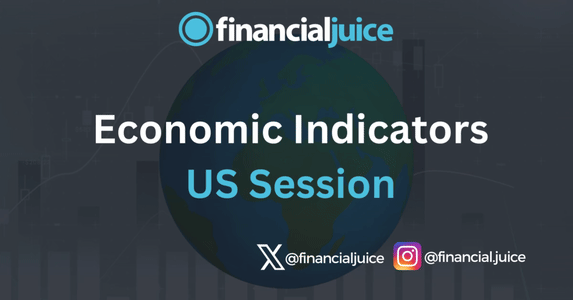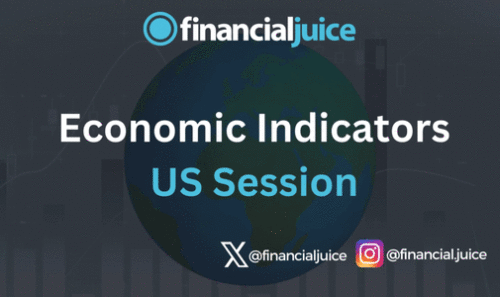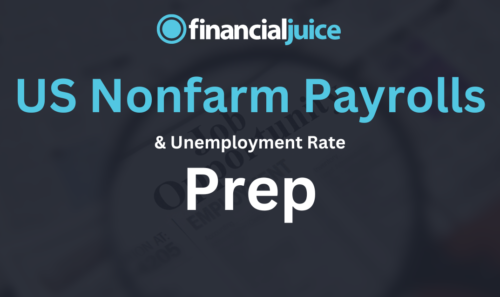
Week Ahead: Economic Indicators (US)
Hey, Traders!
For the July 8th week, here is a list of all of the major economic indicators being released during the US Session, with a brief synopsis of what they represent and what to possibly expect from the markets in reaction.
Wednesday 10th July
10:30 ET
US Weekly EIA Crude Oil Inventories
The US Weekly EIA Crude Oil Inventories report, released every Wednesday by the Energy Information Administration, details the amount of crude oil held in storage across the United States.
This data helps assess supply and demand in the oil market and can influence oil prices.
What to Expect
An increase in inventories suggests higher supply or lower demand, which could drive down oil prices, while a decrease indicates lower supply or higher demand, which could strengthen oil prices.
Thursday 11th July
08:30 ET
US CPI for June
The US Consumer Price Index measures the average change in prices over time that consumers pay for a basket of goods and services. Published monthly by the Bureau of Labor Statistics (BLS), it is a key indicator of inflation.
The CPI includes categories such as food, housing, transportation, and medical care.
An increasing CPI indicates rising inflation, while a decreasing CPI suggests disinflation.
What to Expect
If CPI comes in lower than expected, this is likely to push forward bets on Fed rate cuts this year, which in turn would cause strength in US stocks, and weakness in the dollar.
The opposite is also true, if inflation comes in higher than expected, this could resurface the bumpy road narrative on inflation, which could push back market expectations for Fed rate cuts this year, causing potential US stock weakness and dollar strength.
US Weekly Initial & Continued Jobless Claims
US Weekly Initial Jobless Claims measures the number of people filing for unemployment benefits for the first time, indicating new layoffs. Continued Jobless Claims track those still receiving benefits, showing ongoing unemployment. Both are released weekly by the Department of Labor and help gauge labor market health.
What to Expect
This data is likely to be overshadowed by the CPI report coming out at the same time, however,
A higher-than-expected jobless claims number would indicate a higher unemployment rate, which would be in line with increased downside inflation risk.
A higher unemployment rate would be likely to push forward bets on Fed rate cuts if the deviation was large enough, which could cause strength in US stocks and weakness in the dollar.
Friday 12th July
08:30 ET
US PPI for June
The US Producer Price Index measures the average change over time in the selling prices received by domestic producers for their output.
It is published monthly by the Bureau of Labor Statistics and is a key indicator of inflation at the wholesale level.
The PPI covers a range of industries, including manufacturing, agriculture, and mining, and helps economists and policymakers gauge inflationary pressures before they reach the consumer level.
A rising PPI indicates increasing prices for producers, which can lead to higher consumer prices, while a declining PPI suggests decreasing producer prices.
What to Expect
Market participants see this as a leading indicator for CPI/PCE inflation reads, meaning they react to it in a similar way as those reports.
Higher inflation feeds into the ‘higher for longer’ narrative, which could push back bets on Fed rate cuts this year, causing potential weakness in US stocks and strength in the dollar.
If PPI were to come in lower than expected, the opposite would be true.
10:00 ET
University of Michigan Sentiment Survey
The University of Michigan Consumer Sentiment Index measures the confidence of US consumers in the economy.
It is based on a survey that assesses consumers’ perceptions and expectations regarding their personal finances, business conditions, and overall economic prospects.
A higher sentiment index indicates increased confidence, which can positively impact consumer spending and economic activity, while a lower index may suggest reduced confidence and potential economic caution.
What to Expect
Consumer sentiment is watched by markets to assess consumer resilience in a high-interest-rate environment. Elevated sentiment may suggest strong demand, potentially leading to inflationary pressures, but it could also signal consumer resilience, reducing recession fears.
In this release, the market focus is on the 1 & 5-year inflation expectations accompanying the sentiment data.
Higher inflation expectations may delay Fed rate cuts, affecting US stocks negatively and strengthening the dollar.




